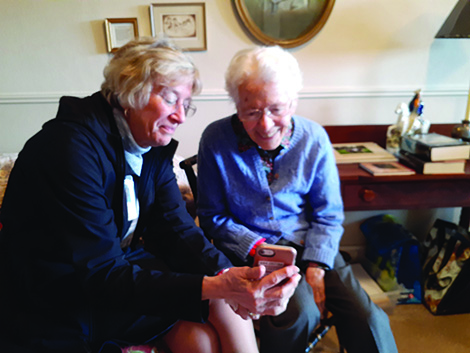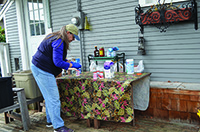What might reopen and be allowed soon
Washington’s efforts to restore pre-coronavirus public and business activity will happen in four phases.
Governor Jay Inslee announced May 11 the state’s stay-home order would continue through May 31, but he said phases lasting a minimum of three weeks would be used by officials to evaluate public safety at each juncture and determine when it’s safe to move to the next level.
The first phase, which began in May, allowed some outdoor recreation such as hunting, fishing, golf, boating and hiking), drive-up church services, essential travel and businesses, current construction, landscaping, vehicle sales and car washes, and curbside pickup for retail store customers.
Phase 2, tentatively expected to begin June 1, would allow additional outdoor recreation (camping and beaches), gatherings of five or fewer people, some non-essential travel, manufacturing not already operating, new construction, in-home services, and reopening of in-store shopping at retail businesses, real estate sales, office-based businesses, barbers, hair and nail salons, and restaurants (half-capacity, five people per table).
Still to come:
- Phase 3, possibly by June 22. Would allow outdoor sports (groups of 50 people), recreational facilities (less than 50 percent capacity), gatherings of 50 people or less, all non-essential travel, restaurants ramping up to 75 percent capacity and bars at under 25 percent capacity, indoor fitness centers and movie theaters at under 50 percent-or-under capacity, government offices open, libraries, and museums.
- Phase 4, tentatively by July 13. Would allow public interactions with physical distancing, gatherings of more than 50 people, nightclubs, concerts, and large sporting events.
As for schools, Inslee said in May that he’s hopeful students will be able to return to in-school classes this fall.
STATE TRACKING WHO HAS COVID-19 AND CLOSE CONTACTS
A statewide contact tracing plan will allow more businesses in Washington to open and more people to be active in public while helping to slow and prevent the spread of COVID-19, Governor Jay Inslee announced in May.
“While we need to continue physical distancing, this will allow us to get a better handle on who gets sick and how the virus is spread, which is vital to re-opening our economy,†he said.
County health departments will lead the efforts in contacting people who test positive for COVID-19. By telephone, health workers and trained volunteers will ask who that person has been in close contact with, then contact those other people to let them know they have been exposed and need to isolate or quarantine themselves. The plan is for contacting people within 24 hours of a positive test result and talking to their close contacts within 48 hours.
Contact tracing was to take effect approximately May 15. Officials said information collected in the contact tracing (including symptoms and demographics such as age, addresses, gender and ethnicity) will be confidential. Contacted persons won’t be told the name of who may have exposed them to COVID-19.





